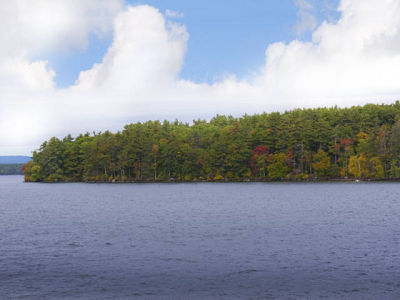Successful fisheries management practices developed for one ecosystem can often be used in similar ecosystems. We developed a flexible lake classification framework in collaboration with ~100 fisheries biologists for improved fisheries conservation management in Wisconsin, USA. In total, 5,950 lakes were classified into 15 lake classes using a two tiered approach. In tier-one, lakes were clustered into “simple” and “complex” sportfish assemblages. In tier-two, lakes were further clustered using accumulated degree days, water clarity, and special cases. We focus on temperature and clarity because these factors often drive fisheries change over time — thus a lake’s class can change over time. Lake class assignments were refined through a vetting process where fisheries biologists with expert knowledge provided feedback. Relative abundance, size-structure, and growth rates of fishes varied significantly across classes. Biologists are encouraged to utilize class interquartile ranges in fisheries metrics to make
improved fisheries assessments. We highlight hard-won lessons from our effort including: (1) the importance of co-developing classification frameworks alongside fisheries biologists; and (2) encouraging frameworks where lakes can shift classes and fisheries expectations over time due to factors like climate change and eutrophication.
Walleyes For Tomorrow
Walleyes For Tomorrow

